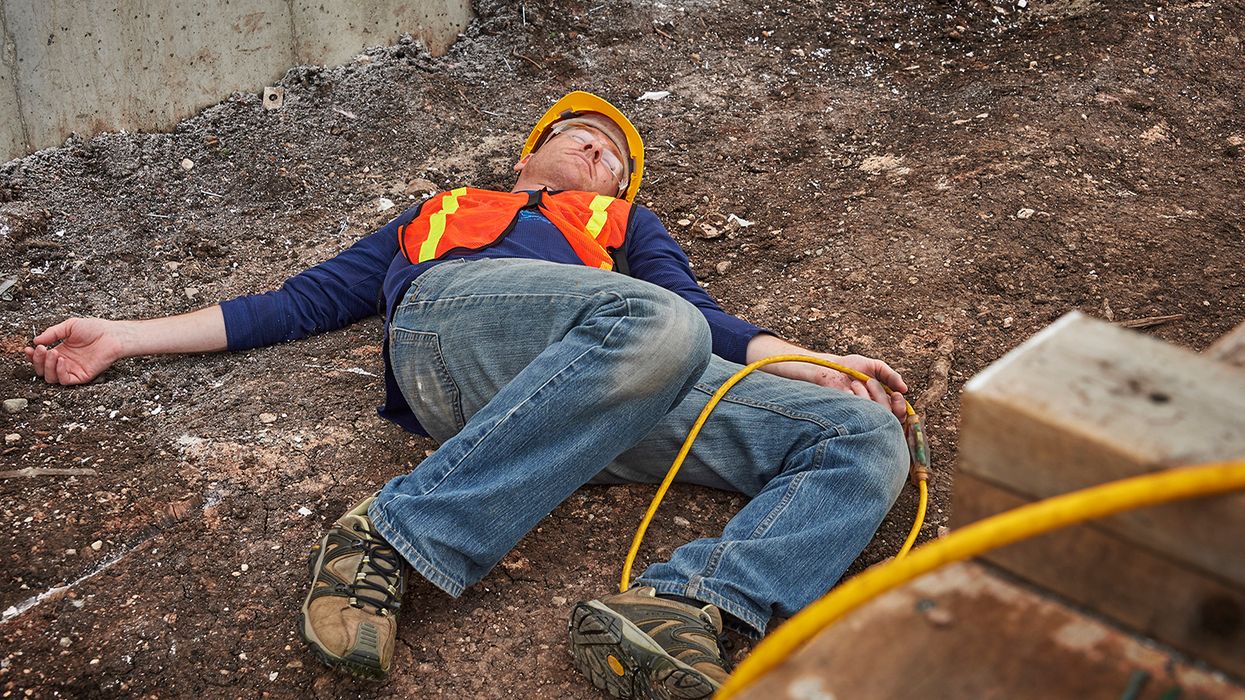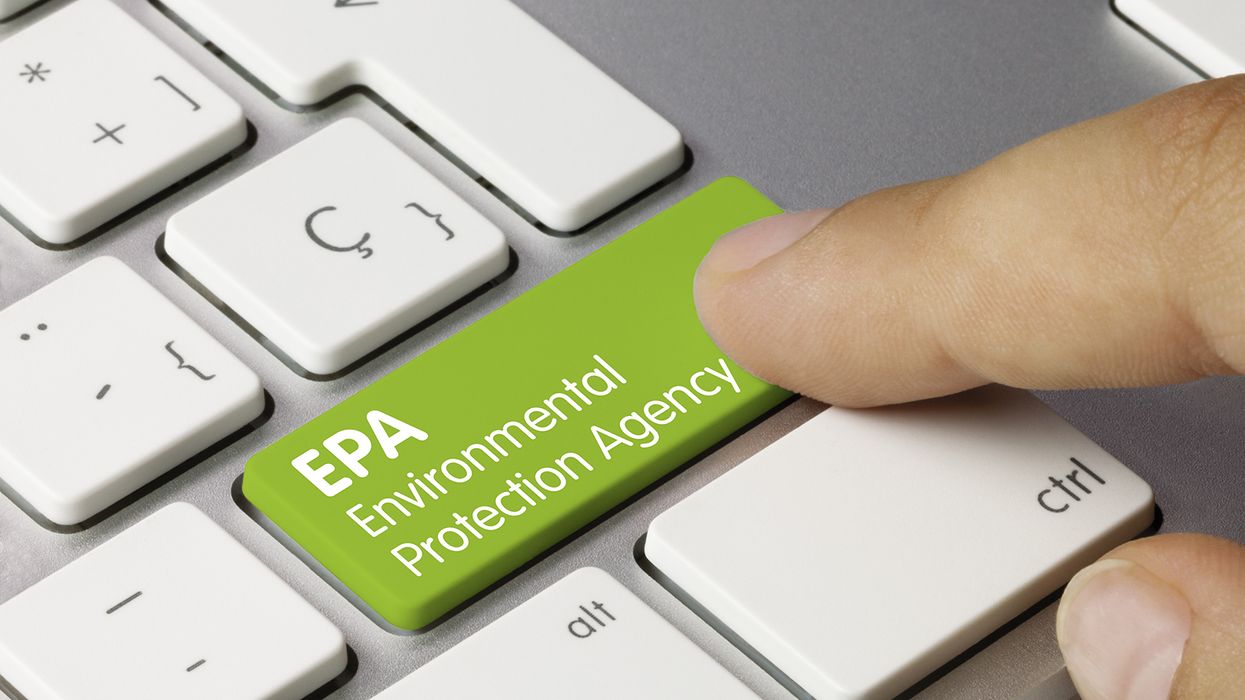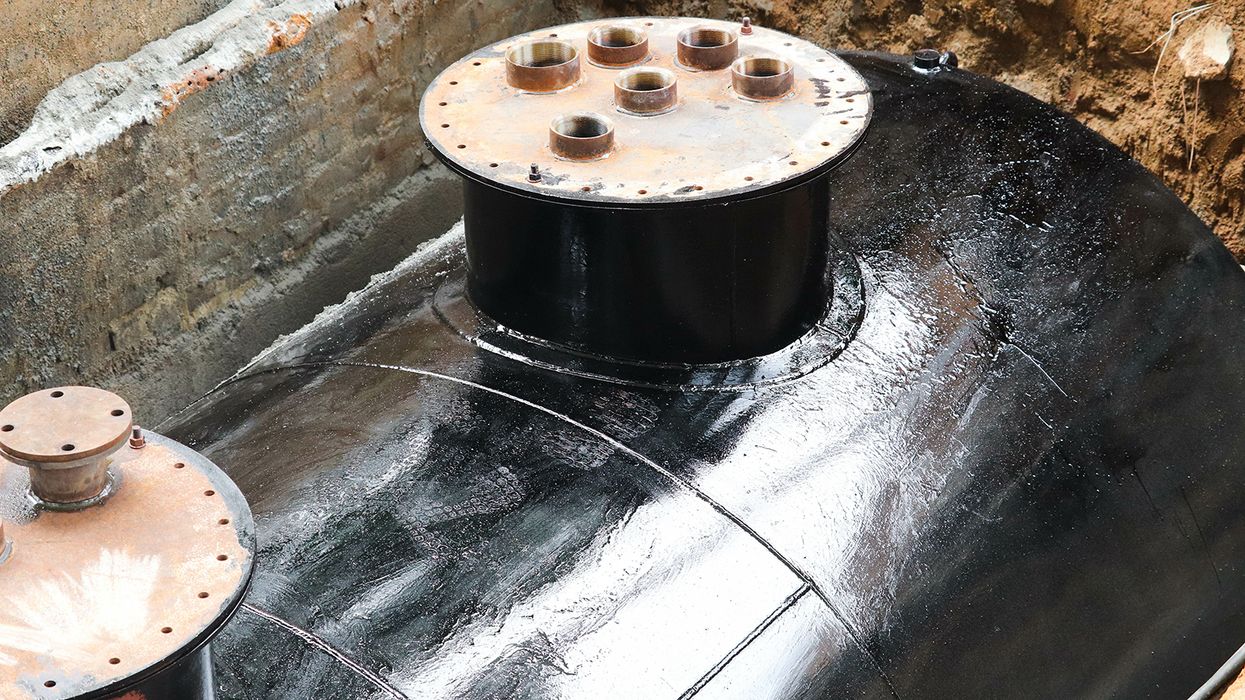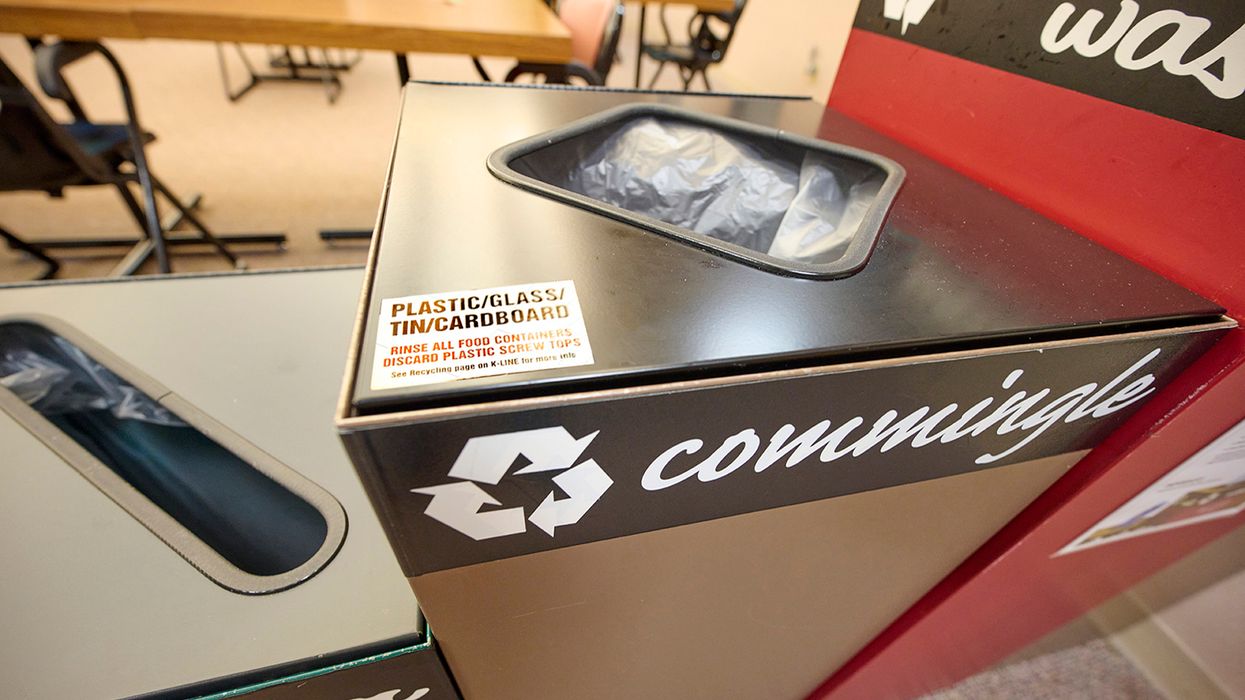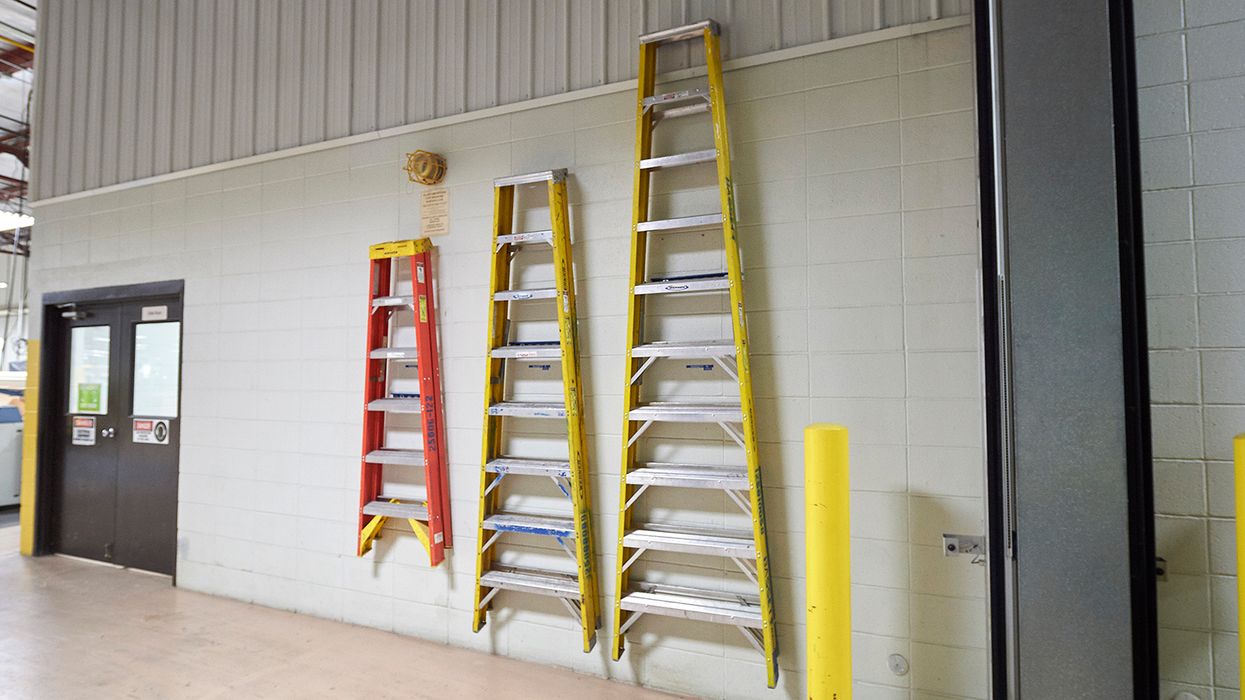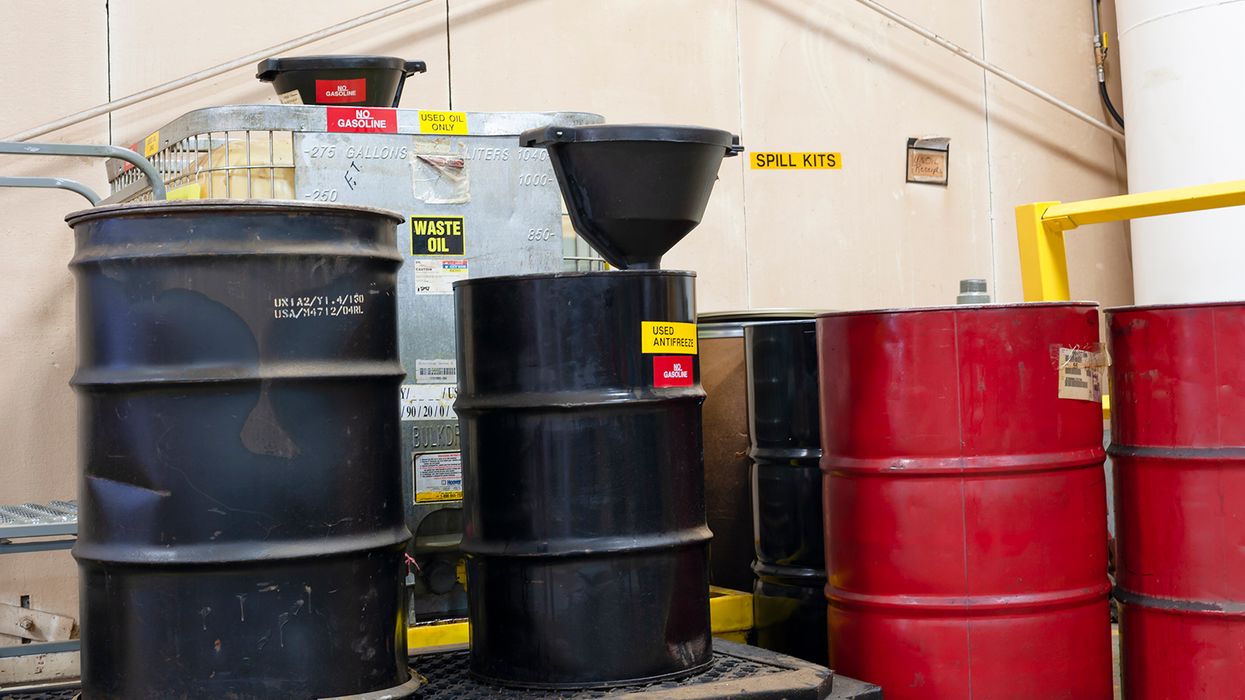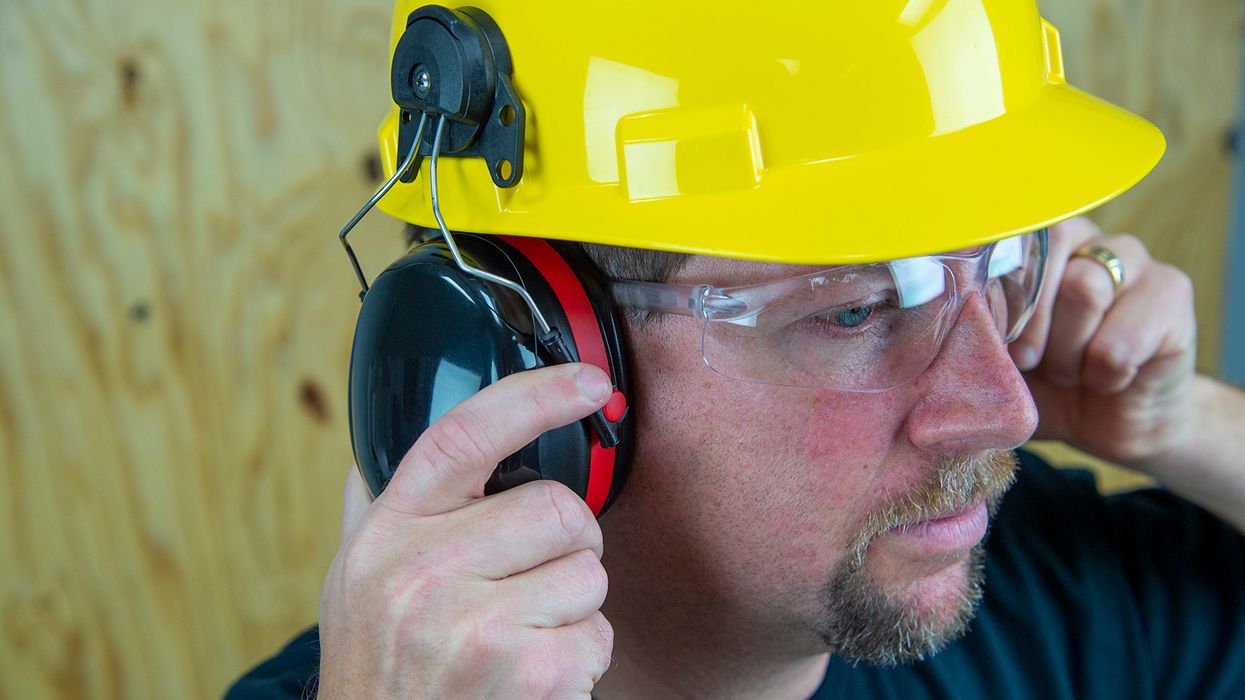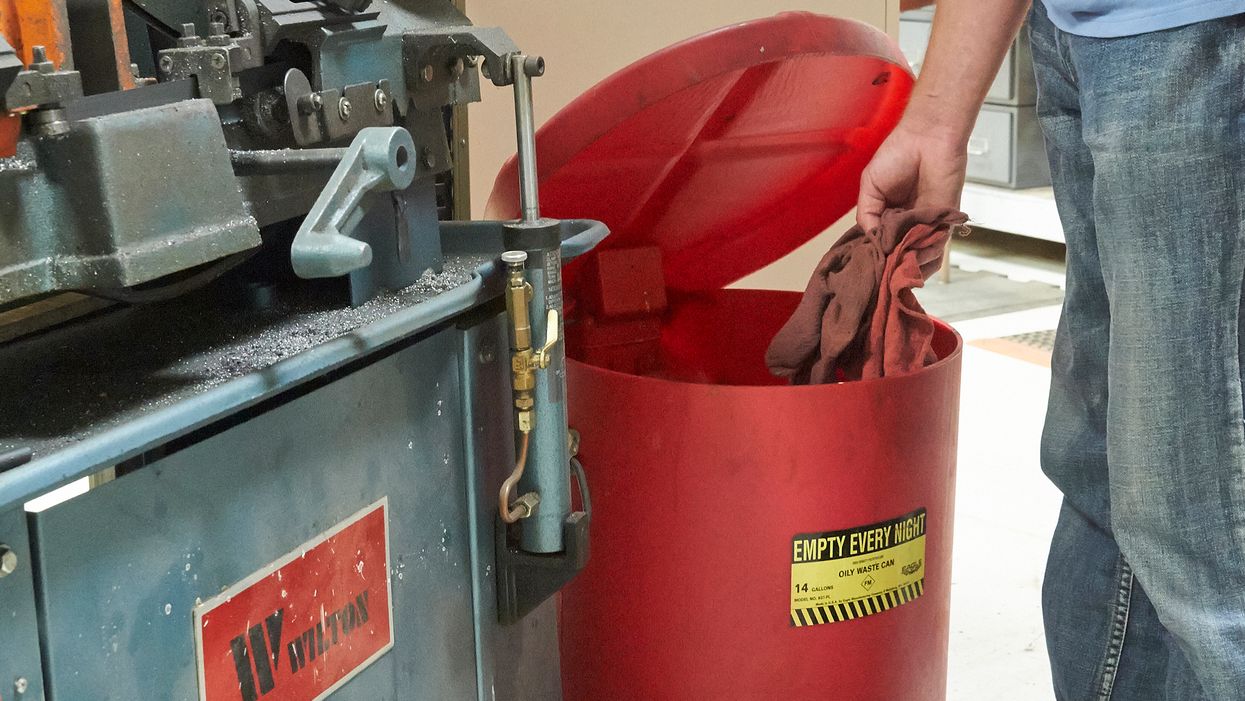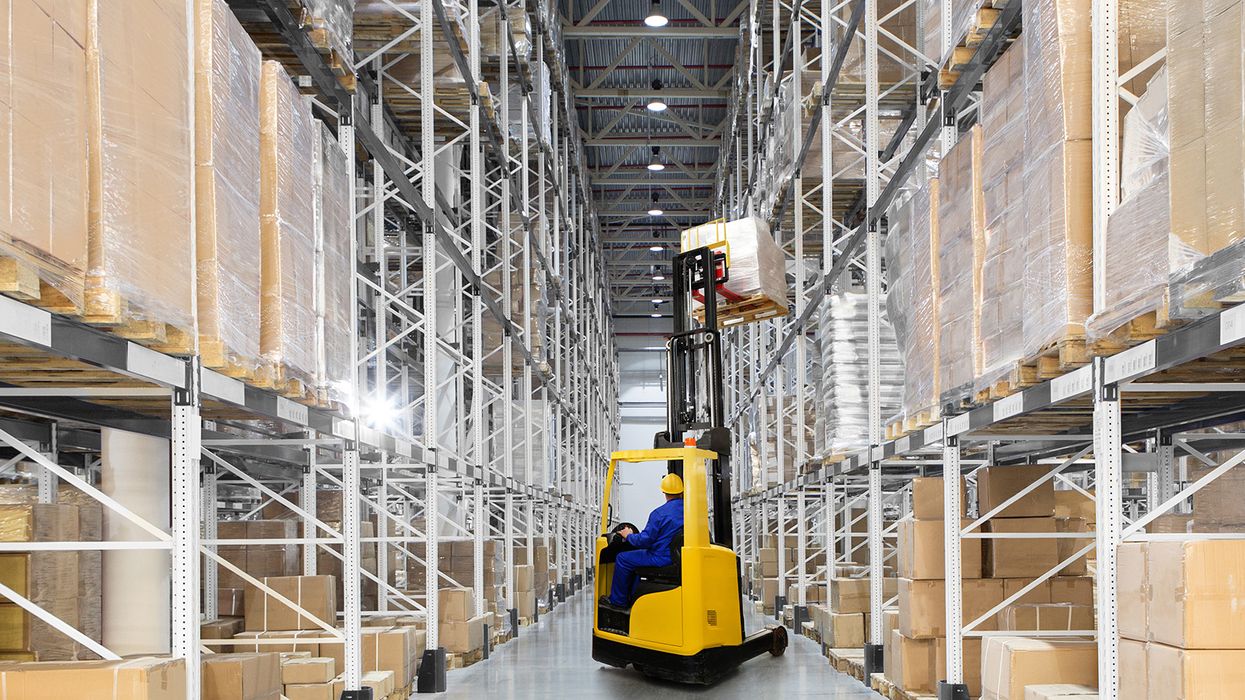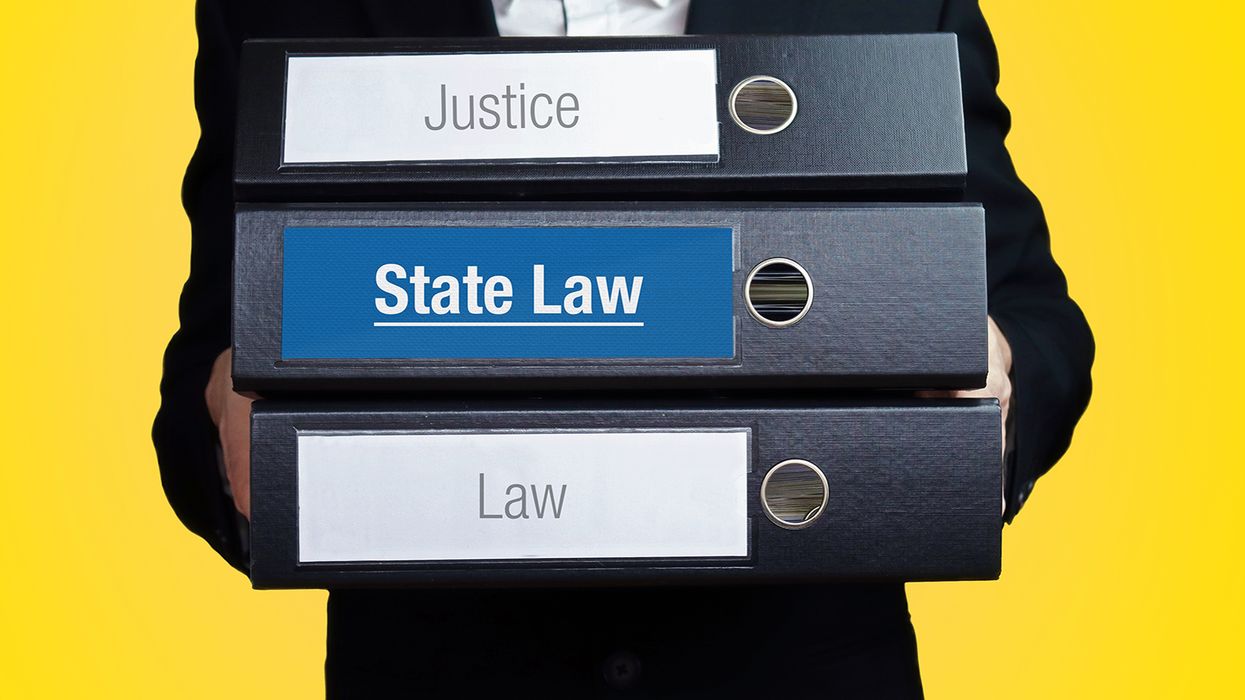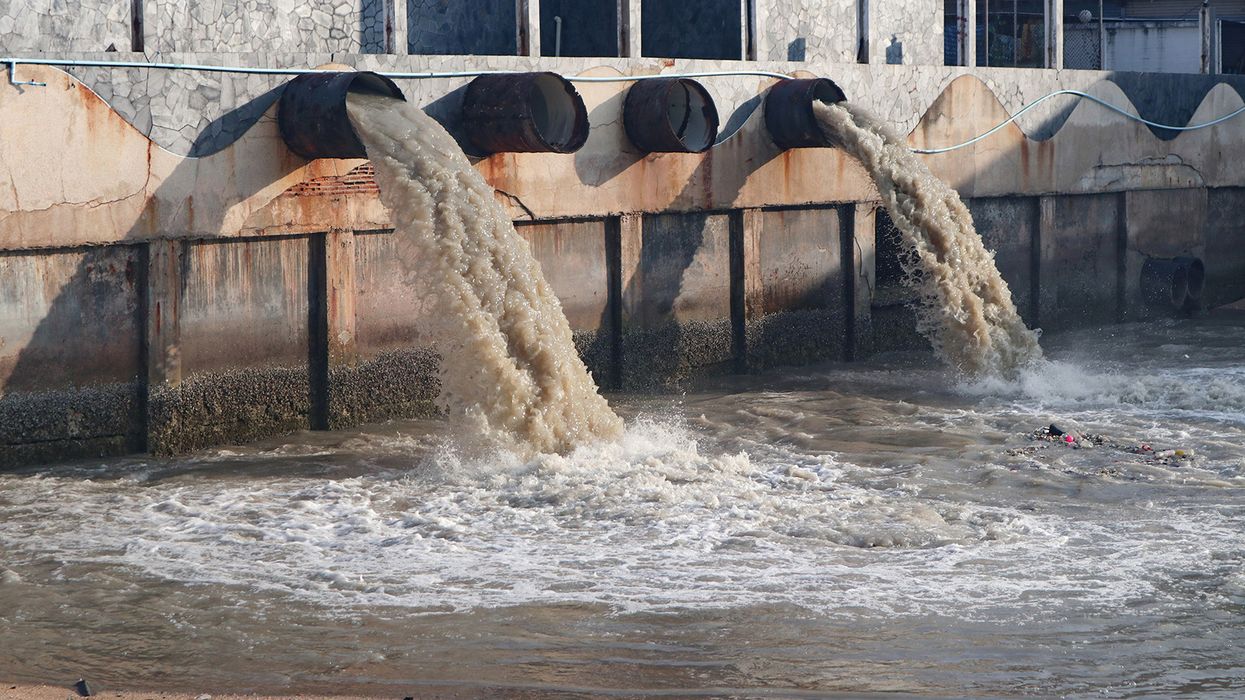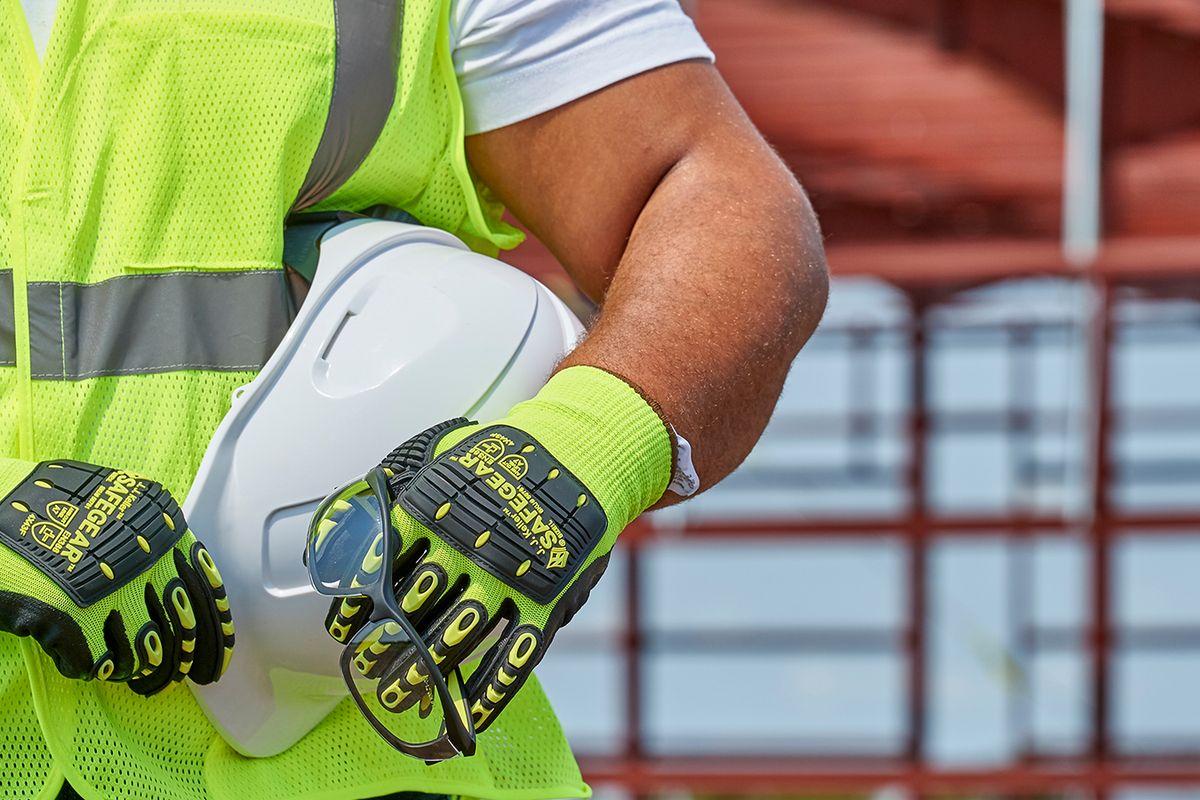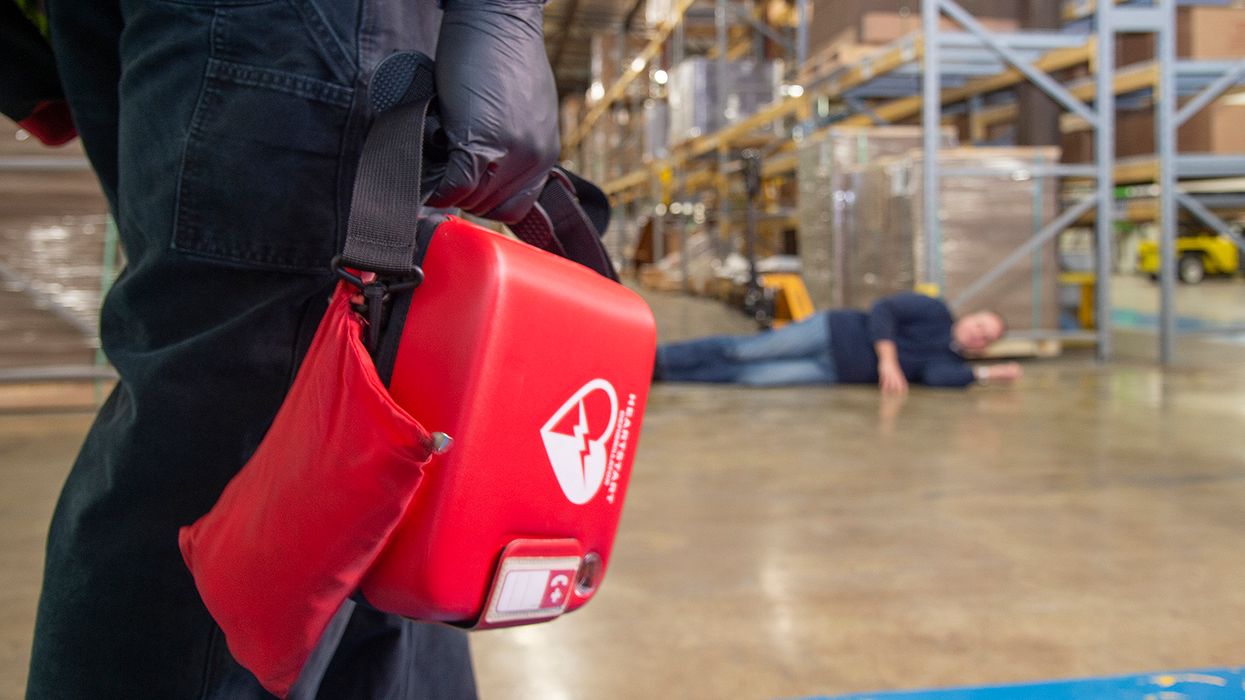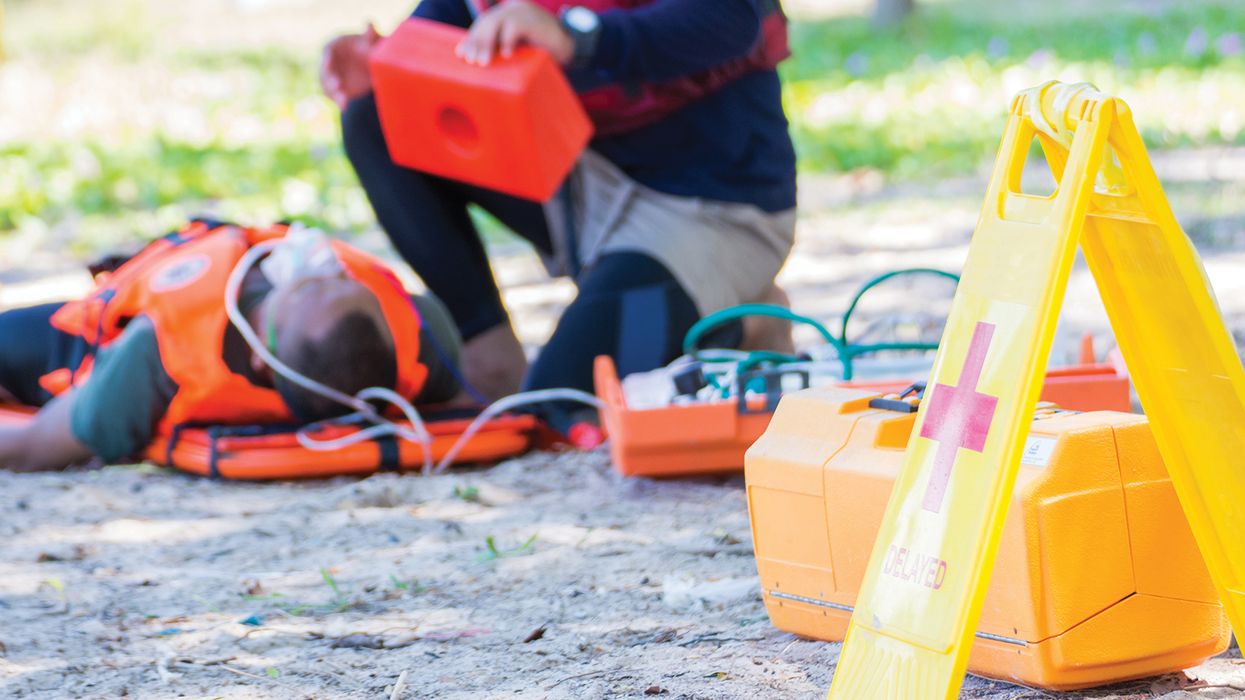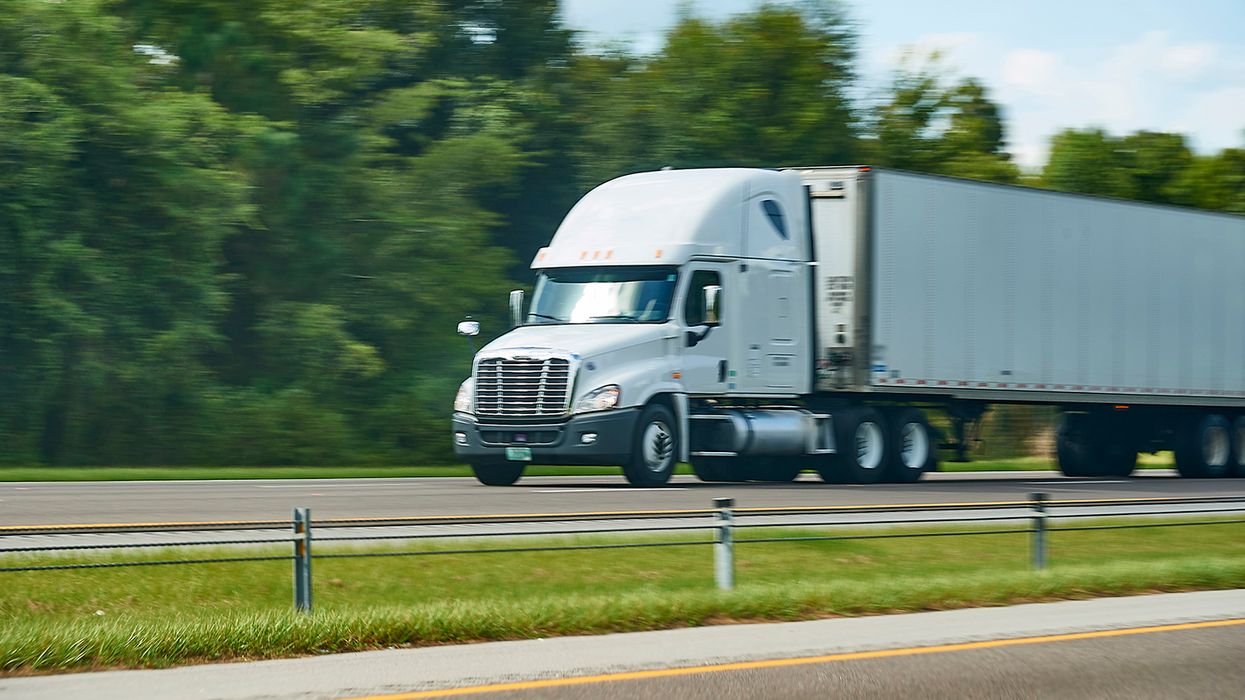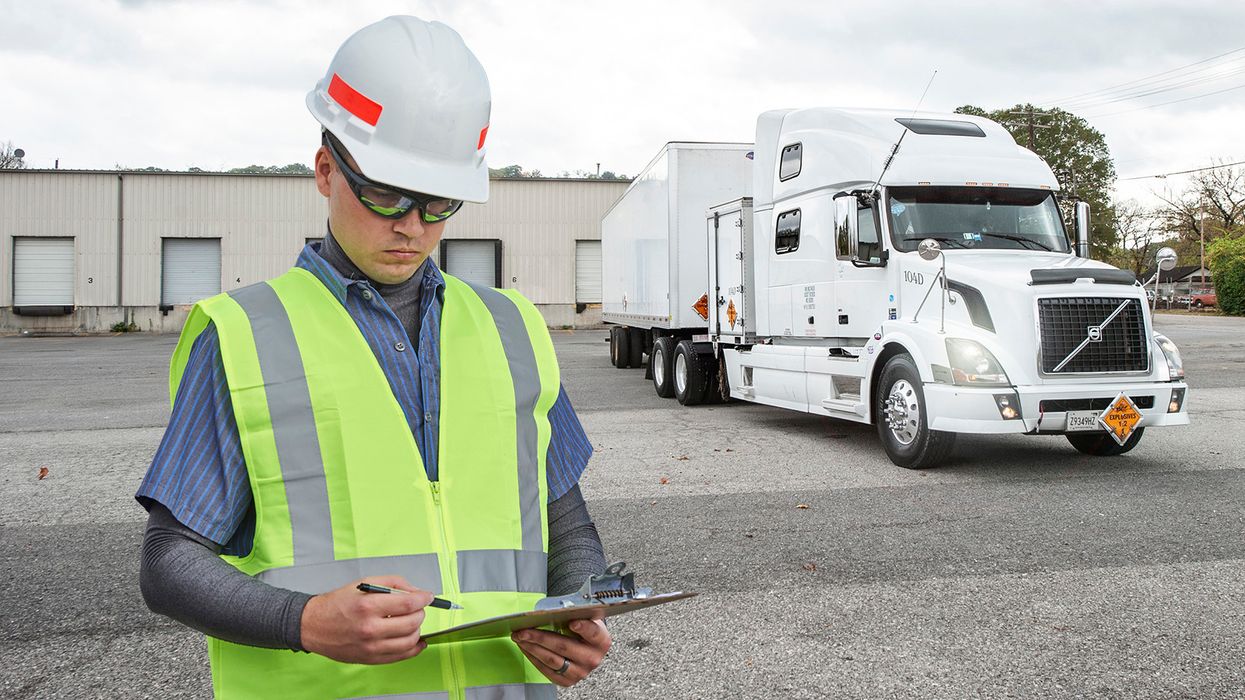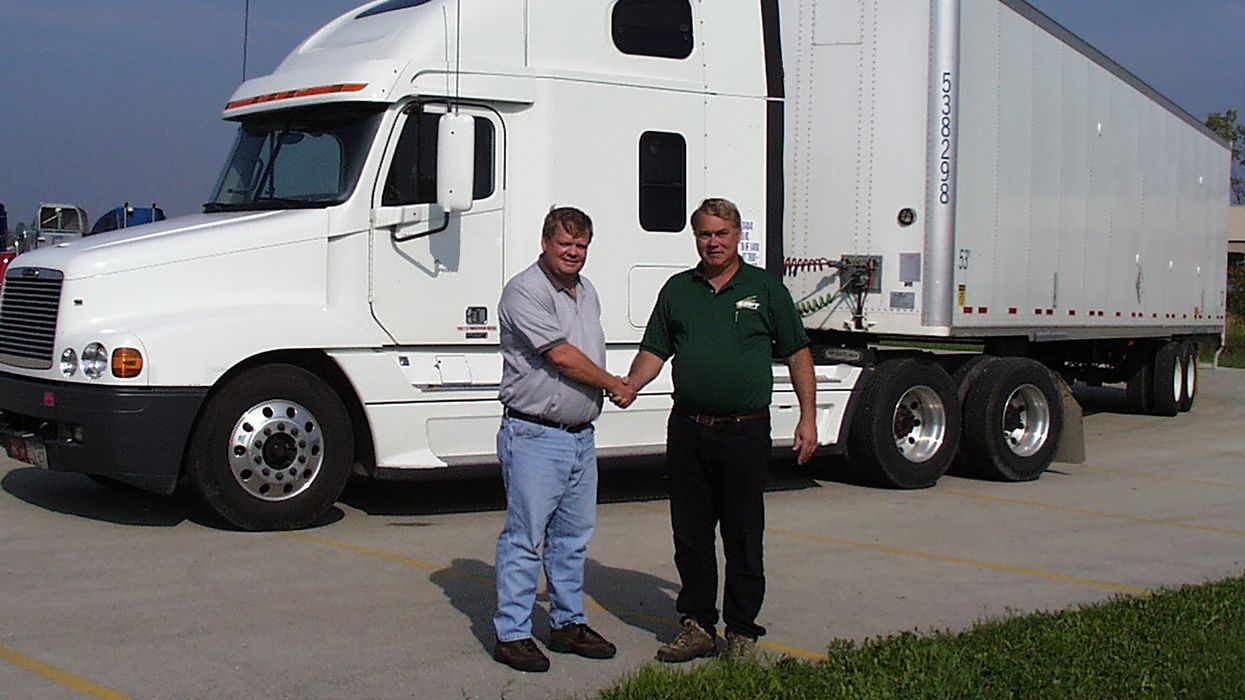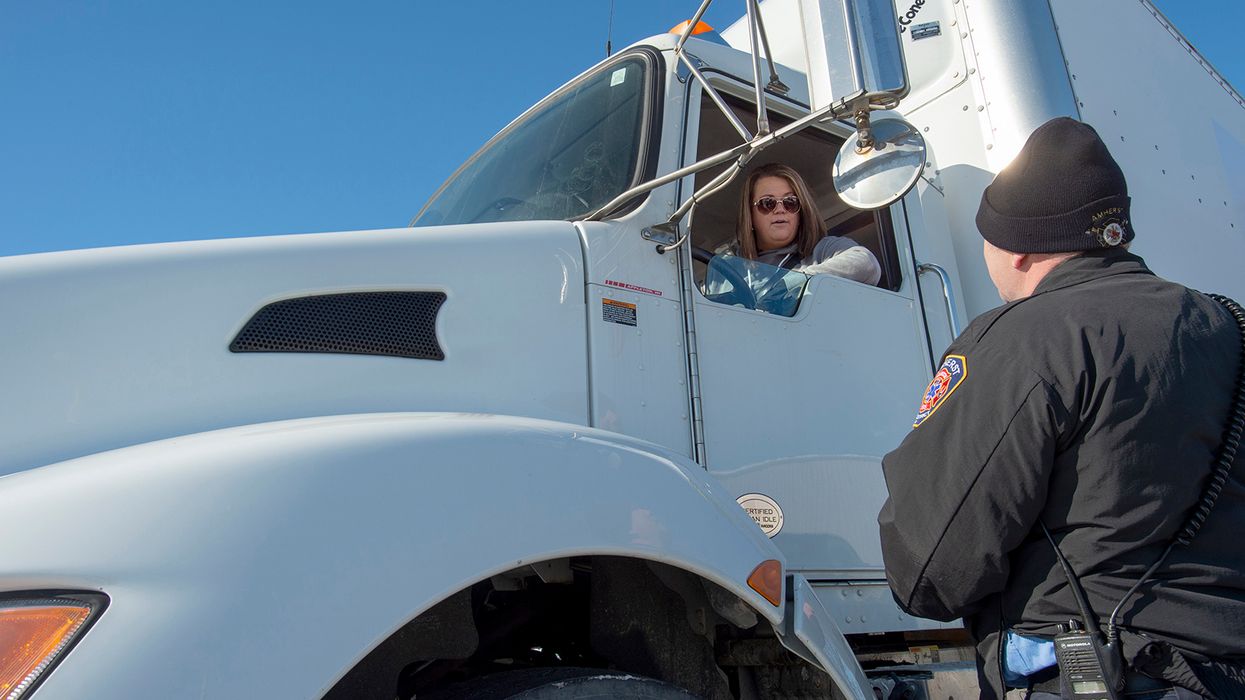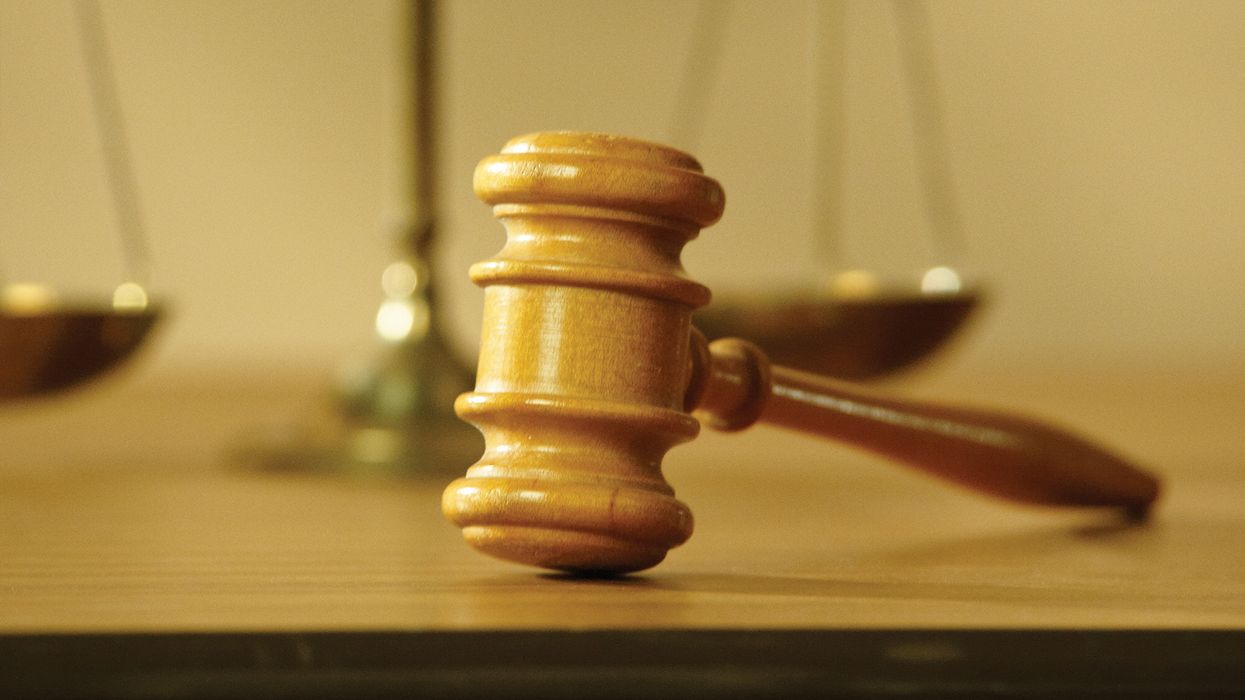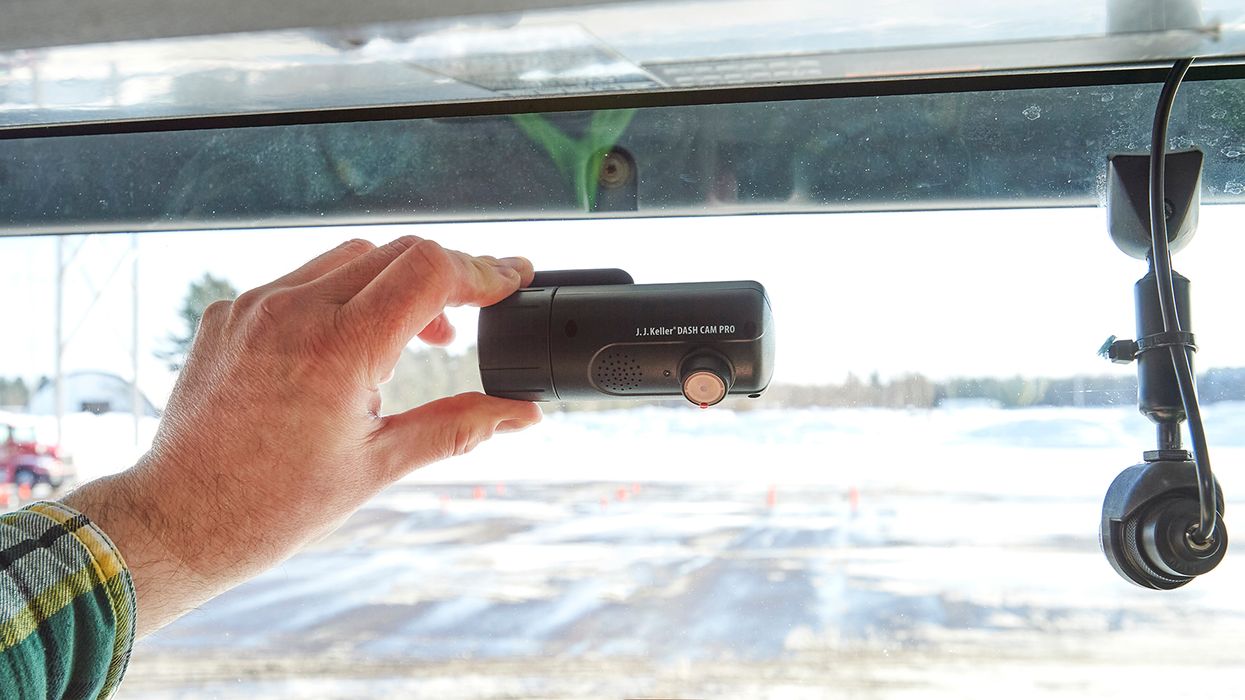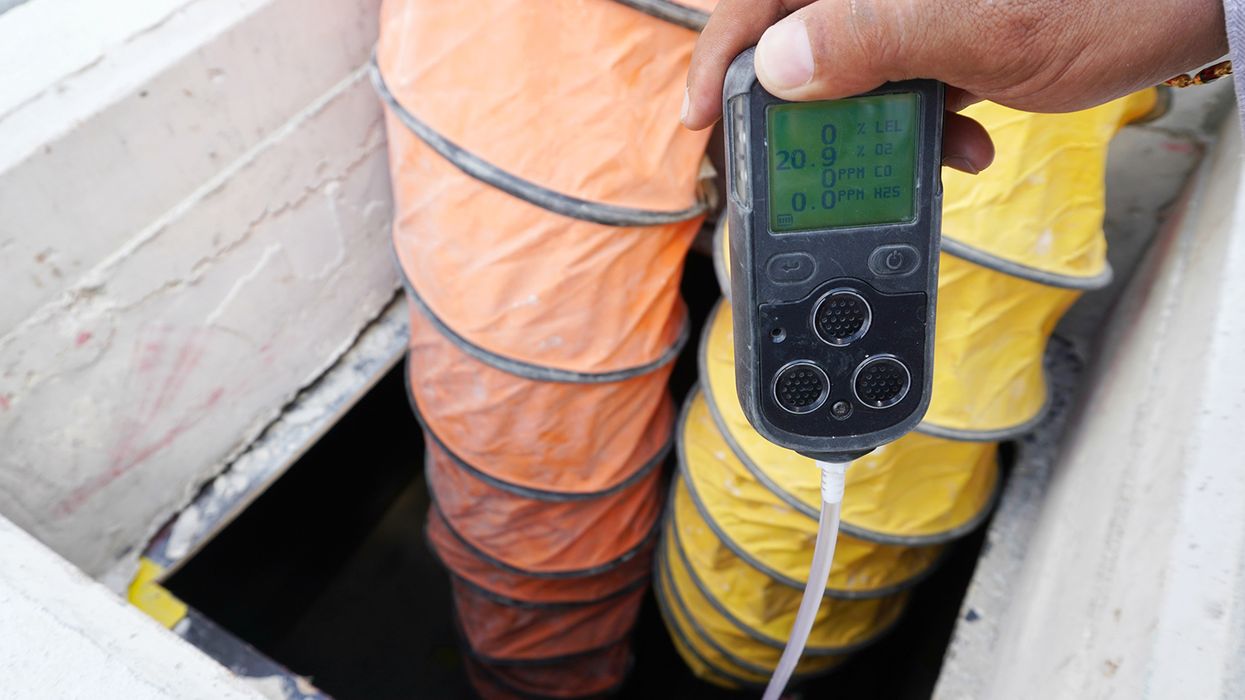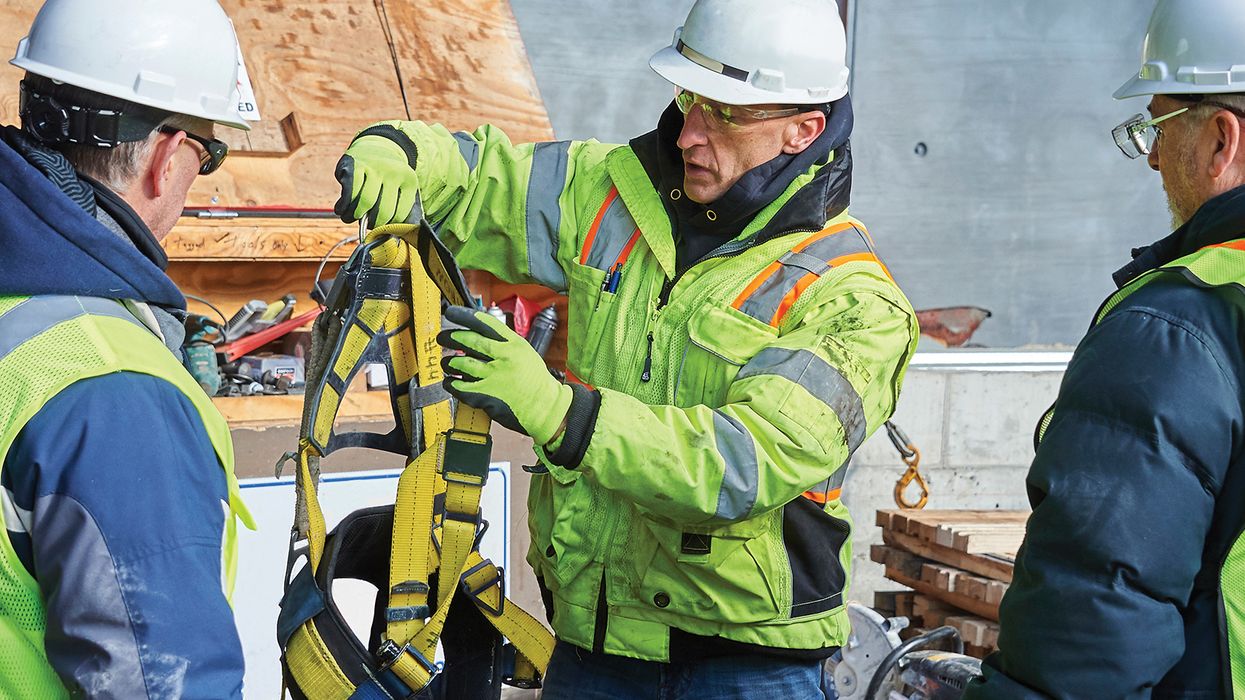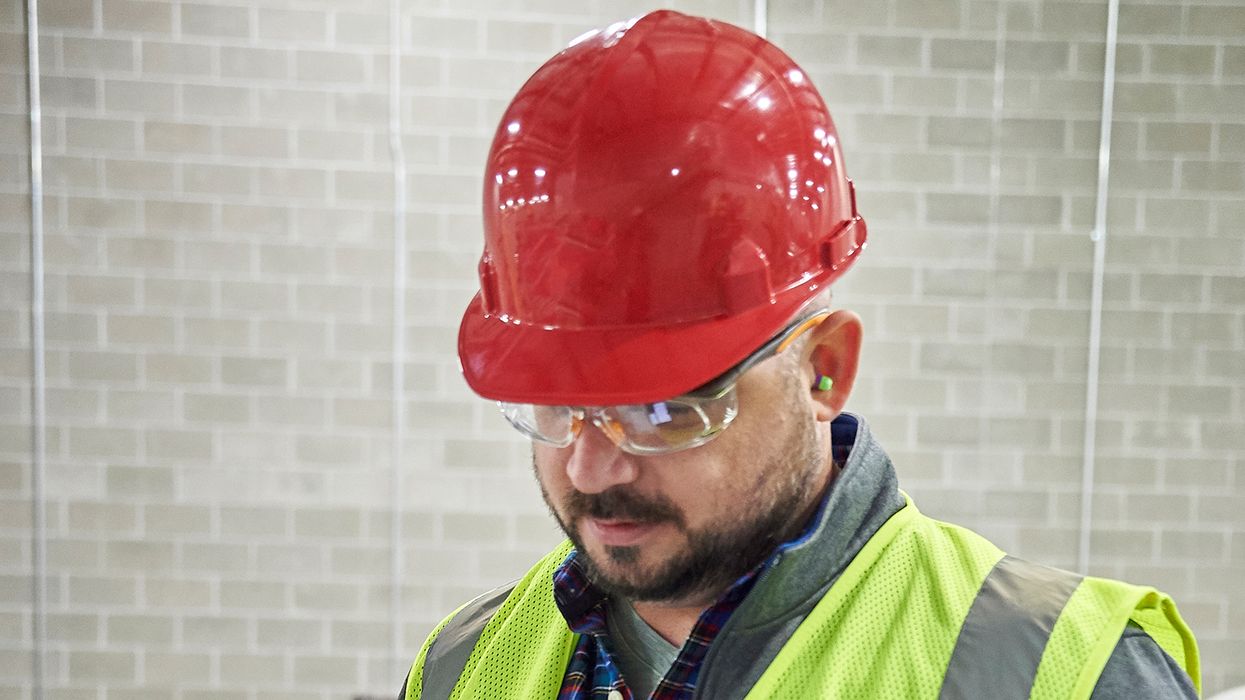How to conduct 3 types of solid waste assessments
No organization wants to throw away the chance to improve operational efficiency. Yet, many businesses unknowingly discard such opportunities by overlooking a process that happens every day: nonhazardous (solid) waste management. That’s where a waste assessment comes in; it’s a tool that can help your facility avoid wasted opportunities.
Why conduct a solid waste assessment?
The ultimate goal of a solid waste assessment is to achieve operational efficiency by cutting the amount of waste a facility generates and improving management practices for waste that can’t be eliminated. As a result, facilities send less waste to landfills (minimizing environmental impact) and require fewer resources for waste management (cutting costs).
Through a waste assessment, your facility can:
- Evaluate waste streams (i.e., the flow of waste from creation to disposal),
- Analyze current waste management processes (including sorting, storing, and disposing methods), and
- Identify ways to improve waste management (such as modifying products or recycling).
Types of solid waste assessments
The Environmental Protection Agency (or EPA) identifies three leading methods for conducting waste assessments: records examinations, walkthroughs, and sorts.
Records examinations
A records examination answers two questions: How does your facility remove solid waste (landfill vs. recycling), and how much does it cost your facility to remove it?
First, calculate the total amount of waste removed (typically in pounds) and total costs for:
- Collection (conducted via a contractor or internally),
- Container and dumpster rentals,
- Removal (e.g., flat, per-weight/volume, or per-pull fees), and
- Disposal, including landfill tipping fees (if applicable).
Next, using the same measurement units, sum up the number of recyclables collected and recycling costs for:
- Collection (conducted via a contractor or internally),
- Container and dumpster rentals,
- Removal (e.g., flat, per-weight/volume, or per-pull fees), and
- Revenues for each product or material (if applicable).
Finally:
- Subtract the total weight of recyclables collected from the total weight of all waste removed to determine the total weight of waste sent to landfills, and
- Subtract the total recyclables costs from the total waste costs to determine the various costs for landfill wastes (e.g., total waste collection costs – total recyclables collection cost = total landfill collection costs).
Facility walkthroughs
A facility walkthrough requires physical observation of the processes that generate waste and the types of waste they create.
Each facility can tailor the walkthrough process to its unique objectives. However, effective walkthroughs generally incorporate these elements:
- Alert the department leaders of upcoming walkthroughs.
- Interview workers in each walkthrough area. Employees can ask questions about waste management processes, and you can ask for valuable input from those directly involved.
- Ask whether variations occur in the waste generated (e.g., increased waste during delivery days) and if any new equipment or procedures will affect the waste created.
- Identify current waste-reduction efforts.
- Look for processes that generate unnecessary waste.
- Include waste generated by maintenance operations.
Waste sorts
Sometimes, the most effective assessment requires a hands-on approach, and that’s what a waste sort delivers. It enables you to estimate how much each type of waste contributes to the total amount of generated waste.
- Gather a representative sample of waste, such as daily waste generated.
- Sort the waste into major categories, like paper, plastics, etc.
- If applicable, sort the major categories into subcategories, such as glass by color.
- Weigh each container of waste.
Remember to weigh the containers when they’re empty. Subtract the weight of the empty containers from the weight of waste to obtain each subcategory’s net component weight. Add these measurements to obtain the total weight of waste generated.
Which waste assessment method is best for your facility?
The “right” waste assessment is unique to each facility. You can use one method or a combination. When selecting the waste assessment(s) to use, consider these factors:
- What type of data do you need? Should the assessment provide quantitative data (e.g., the weight of waste produced), qualitative data (e.g., how the waste is produced), or both?
- What types of waste do you want to assess? Do you want to look at just one or multiple kinds?
- What’s the scope of your assessment? Do you want to target a specific process, one or more departments, or the entire facility?
- What resources are available? How much time and manpower can you allocate toward conducting an assessment?
Key to remember: Waste assessments help facilities improve operational efficiency by identifying ways to reduce waste and enhance waste management practices.























